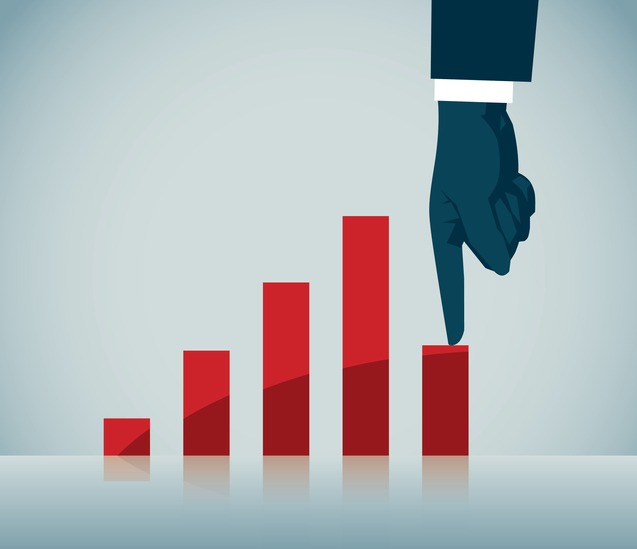
HENDERSONVILLE, Tenn. — The U.S. hotel industry registered record-breaking performance levels during 2019 but its lowest growth rate in revenue per available room (RevPAR) since the current cycle began in 2010, according to data from STR. Compared with 2018, 2019 occupancy flattened at 66.1 percent, average daily rate (ADR) increased 1 percent to $131.21, and RevPAR grew 0.9 percent to $86.76.
The absolute ADR and RevPAR values were the highest STR has ever benchmarked. The industry also set records for supply (more than 1.9 billion room nights available) and demand (roughly 1.3 billion room nights sold). Based on percentage growth for the year, supply and demand increased at the same rate (up 2 percent).
| Year | RevPAR % Change |
|---|---|
| 2009 | -16.6 |
| 2010 | 5.4 |
| 2011 | 8.1 |
| 2012 | 6.7 |
| 2013 | 5.2 |
| 2014 | 8.2 |
| 2015 | 6.1 |
| 2016 | 3.1 |
| 2017 | 2.9 |
| 2018 | 2.9 |
| 2019 | 0.9 |
“The industry turned in another record year in terms of rooms available, rooms sold, and rooms revenue,” said Amanda Hite, STR’s president. “As was documented throughout 2019, however, RevPAR growth came in lower than any year since the recession and well below the long-term historical average of 3.2 percent. With supply and demand growing in equilibrium, ADR is the sole driver of RevPAR gains. Unfortunately, with ADR rising below the rate of inflation, revenue growth is not keeping up with rising costs, such as increases in wages. That is a concern for owners and operators alike.”
“Moving forward, we’re not forecasting much of a change from the current fundamentals,” Hite continued. “Supply growth has remained manageable at the national level, but there is an uneven amount of new inventory in the limited-service sectors as well as certain major markets. That is where we will see the greatest challenges as the industry embarks on another year of low-performance growth levels.”
Top 25 Market Performance for 2019
Among the Top 25 Markets, Phoenix experienced the highest rise in occupancy (up 1.6 percent to 70.7 percent) and RevPAR (up 4.5 percent to $94.23). Super Bowl LIII host Atlanta reported the year’s largest lift in ADR (up 4.2 percent to $114.54). Two markets tied for the second-highest increase in occupancy: Denver (up 1.3 percent to 73.9 percent) and Tampa/St. Petersburg, Florida (up 1.3 percent to 72.3 percent). Denver registered the second-largest spike in RevPAR (up 4.3 percent to $100.27).
Influenced by supply growth of 5.9 percent, Seattle reported the steepest decline in RevPAR (down 4 percent to $118.86), according to 2019 STR data. Houston posted the largest drop in ADR (down 3.2 percent to $101.89). Three markets matched for the steepest decrease in occupancy: San Diego (down 2.3 percent to 76.7 percent); Boston (down 2.3 percent to 73.9 percent); and Detroit (down 2.3 percent to 65.6 percent).
U.S. Hotel Industry Performance in Q4 2019
During the fourth quarter of 2019, U.S. hotel occupancy fell 0.1 percent to 61.8 percent, ADR rose 0.7 percent to $128.94, and RevPAR increased 0.7 percent to $79.69.
Among the Top 25 Markets, San Francisco/San Mateo, California, recorded the largest jump in RevPAR (up 7.4 percent to $193.35). Oahu Island, Hawaii, posted the largest lift in ADR (up 4.3 percent to $247.91) and the second-highest increase in RevPAR (up 7.1 percent to $204.94). Houston experienced the highest rise in occupancy (up 3.7 percent to 60.6 percent).
According to Q4 2019 STR data, Boston reported the steepest decline in each of the three key performance metrics: occupancy (down 6.5 percent to 70.3 percent), ADR (down 5.5 percent to $192.80), and RevPAR (down 11.6 percent to $135.46).









